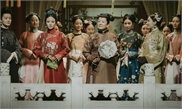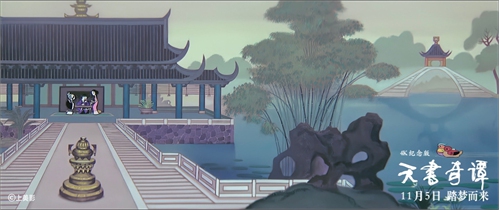ARTS / CULTURE & LEISURE
Revival of classic aesthetics: China introduces dance TV show inspired by ancient myths and paintings
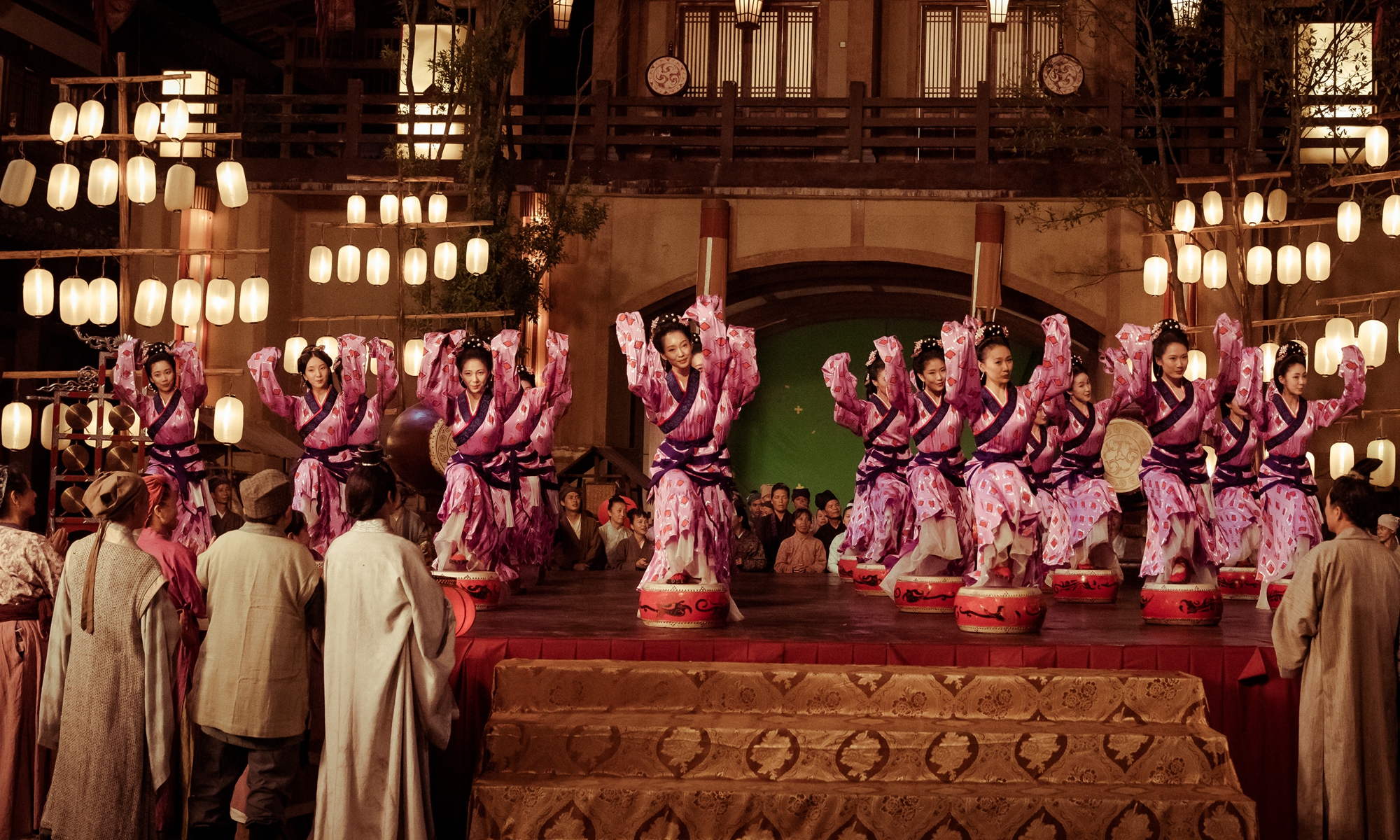
The dance scene from the new variety show Dancing Through the Millennium. It was inspired by the dance moves on carved painted tiles from the Han Dynasty (206BC-AD220). Photo: Courtesy of Bilibili
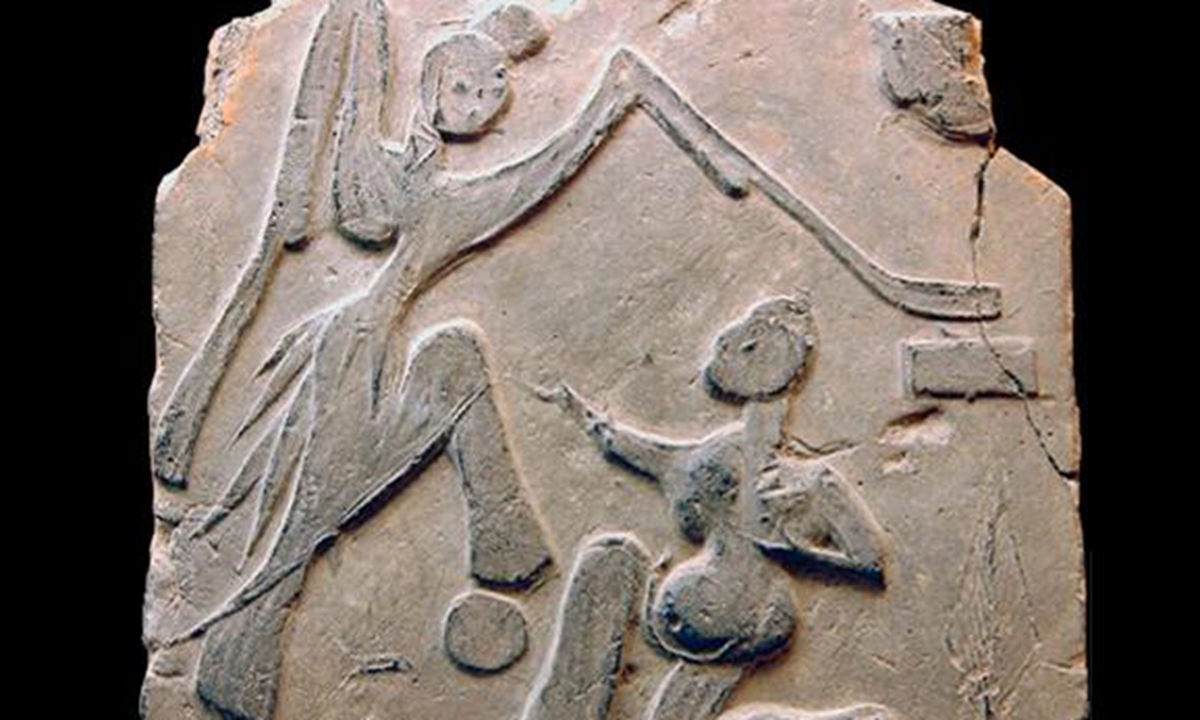
Example of carved painted tiles from the Han Dynasty (206BC-AD220) Photo: Web
According to carved painted tiles from the Han Dynasty (206BC-AD220) discovered in Southwest China's Sichuan Province, young women with slender waists waved their long sleeves up in the air while dancing to beat of the drum during celebrations.
This scene was the inspiration for the Chinese variety show Dancing Through the Millennium. Through the art of dance, the essence of China's 5,000-year history comes to life in front of audiences.
"There are two works on the show that we recreated by observing the dance moves of the dancers on the painted tiles, and then used these dancing moves from the Han Dynasty as inspiration," Jiang Xiaowei, director of Dancing Through the Millennium, told the Global Times.
"That was a time when feasting, dancing and music prevailed."
Spiritual pursuit
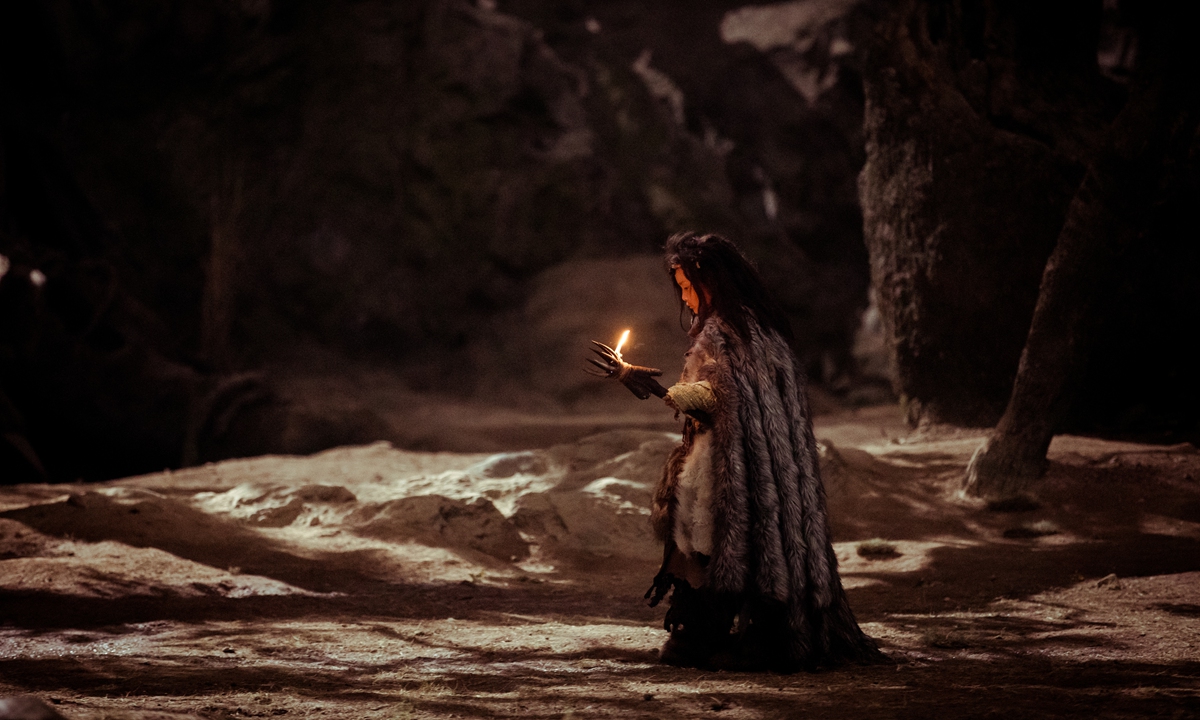
The dance scene from the new variety show Dancing Through the Millennium Photo: Courtesy of Bilibili
After reviewing and selecting from China's various literary classics, cultural relics, and ancient myths, the director and Jiang's team were able to create a dance program in conjunction with local television stations in Central China's Henan Province and video-sharing platform Bilibili.
In addition to the dance moves on the tiles, myths and legends are another source of inspiration for the show. The solo dance Fire depicts the story of a little girl who was afraid of fire the first time she sees it, but then takes on the mission of protecting fire for the sake of all human beings and finally merges and becomes one with it.
"This dance is taken from the worship of fire by humans in ancient times," said Jiang.
In China's classic book of mythology The Classic of Mountains and Seas, the fire god Zhurong, who resides at the southernmost point of the world, passes down fire and teaches humans how to use it. Besides this, fire played an important role in the ancient history of China especially in various ancient rituals.
"So we chose this story considering that, though we changed the focus from a god to a mortal little girl, what remains unchanged is that we want the audience to experience the love and hope that fire brought to the ancients," said Jiang.
By presenting a string of stories from the Yuan Dynasty (1279-1368) The Orphan of Zhao, a revenge play often called the Chinese Hamlet, to the craftsmanship behind Tang Dynasty (618-907) three-color glazed pottery, the show has been "trying to extract all kinds of intriguing stories and the spiritual core of a classical culture that has been handed down for thousands of years in China."
"None of us knew how ancient people danced and dressed, so we pored over massive amounts of Chinese literatures and documents to find descriptions of these works and dances," Jiang noted.
Filling the void
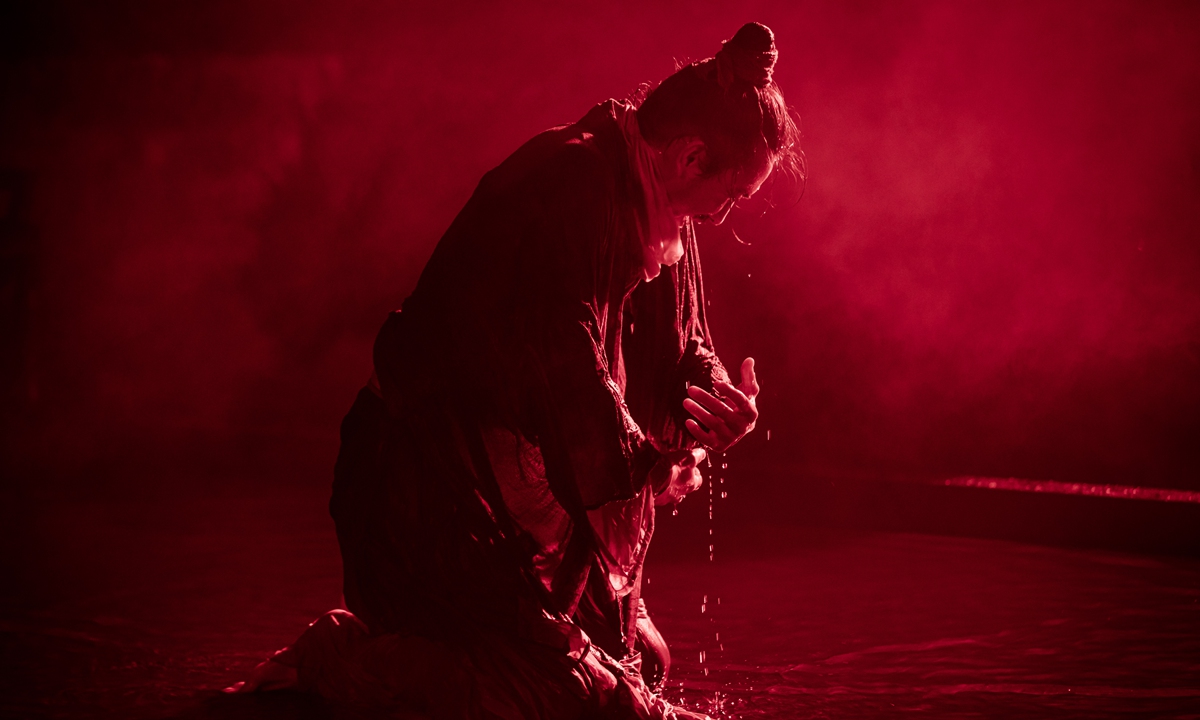
The dance scene from the new variety show Dance Millenniumi Photo: Courtesy of Bilibili
At the beginning, the team was not that certain how such high-level art would be received by the mass TV audience.
"We were worried because people who are interested in this kind of thing usually buy tickets to the theater to appreciate it. We were not sure that the show would be successful or not," said Jiang.
In February, a unique dance performance named Palace Banquet in the Tang Dynasty swept Chinese social media for its impressive restoration of ancient court dance performance. The 14 dancers who played the female Tang musicians performed with grace and elegance. The audience's attention was captivated by the colors and images that combined reality and virtual reality.
"The huge success of this work has made us realize that these traditional dances that were once hidden in theaters and halls don't have to hide there forever. As long as you do it well, the audience will also pay to see them on TV," Jiang said.
Another reason that their grounded production succeeded is that it satisfies the desire of today's young people for traditional Chinese culture.
In 2020, there were 136 million traditional culture lovers active on Bilibili, a popular cultural gathering place for young people, according to data from the platform.
"Young Chinese are obviously obsessed with traditional Chinese culture and they want to use it as a pivot to gain a foothold in global pop culture."
Yet Jiang said he believes that this fulcrum is still a "blank," which is why he came up with the variety show.
Letting young people enjoy this culture and allowing it to become accepted by the mass audience is the first step in creating a solid culture pivot, he noted.
